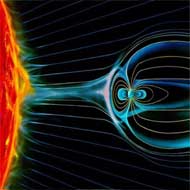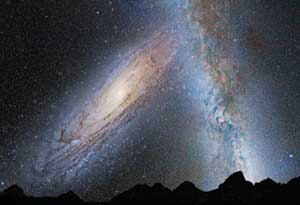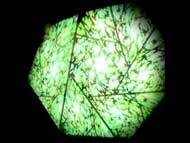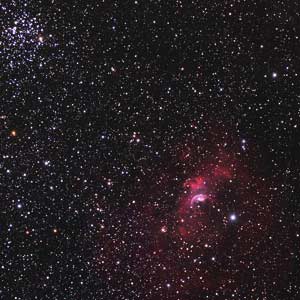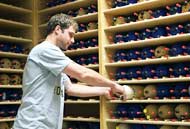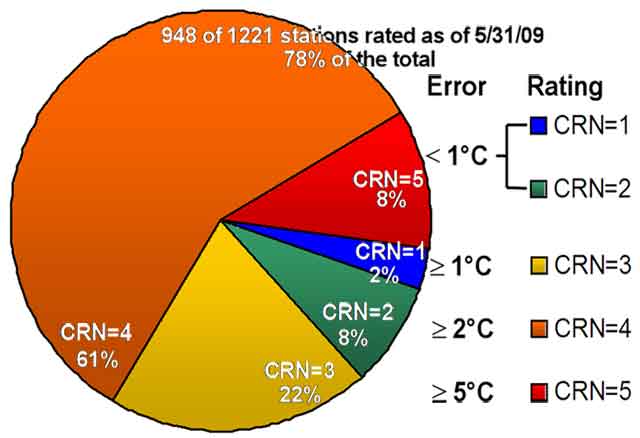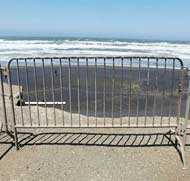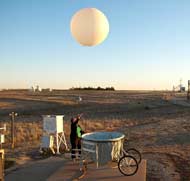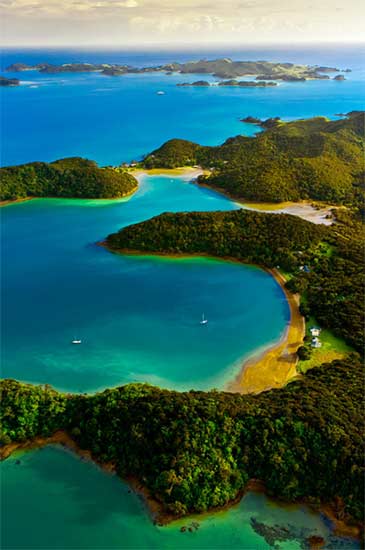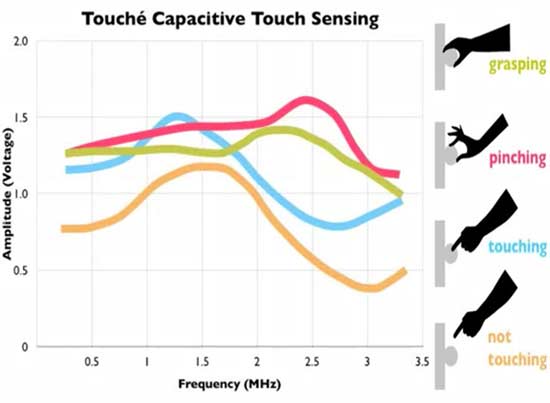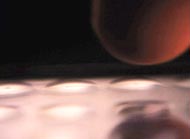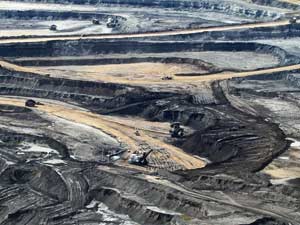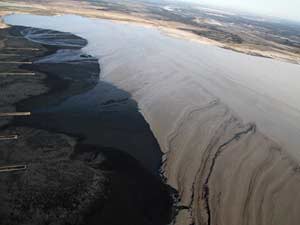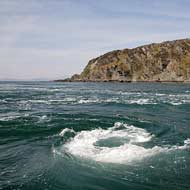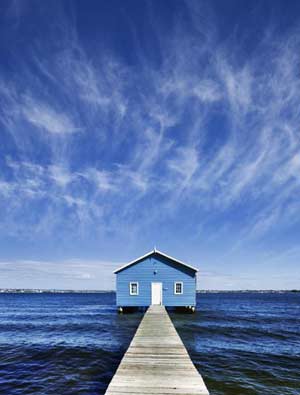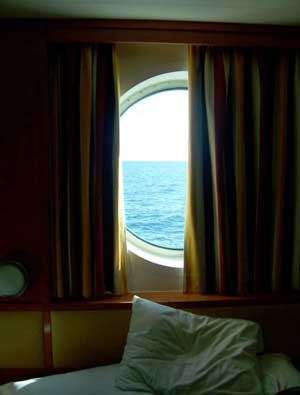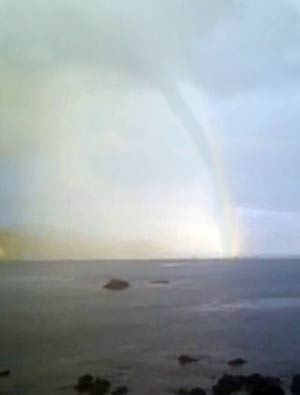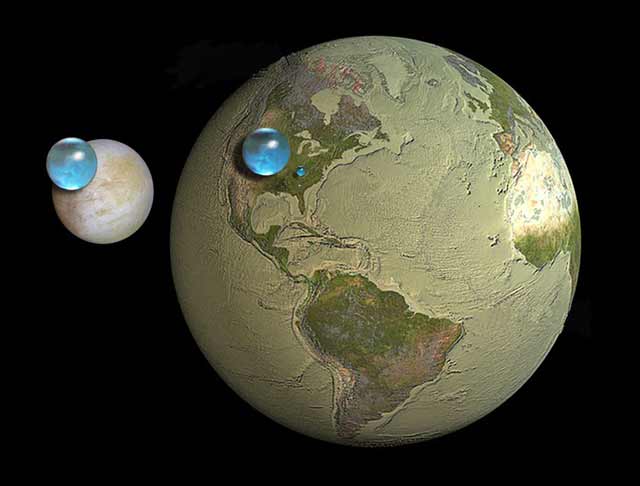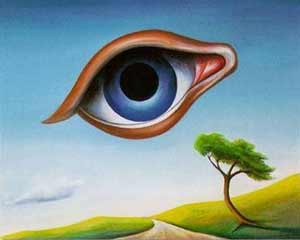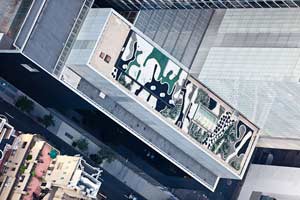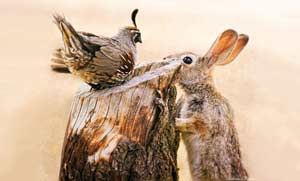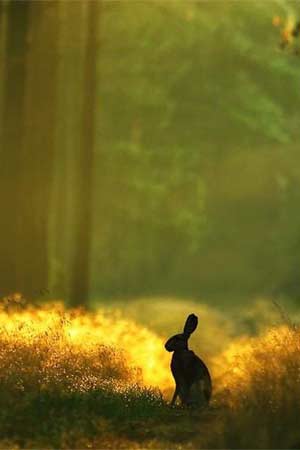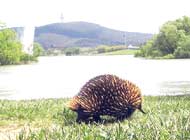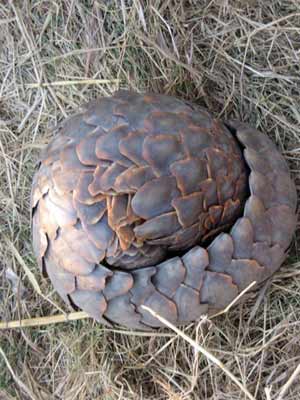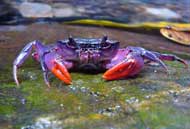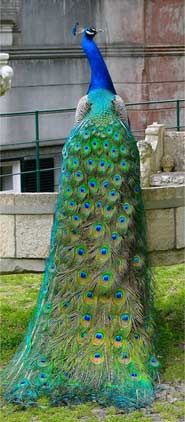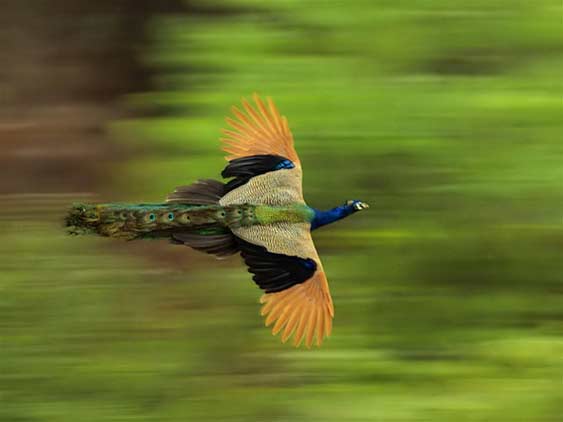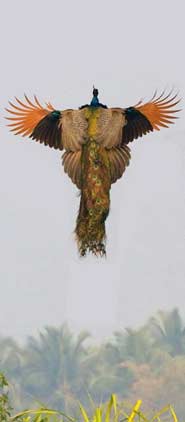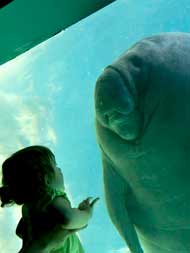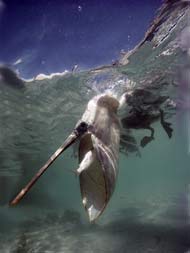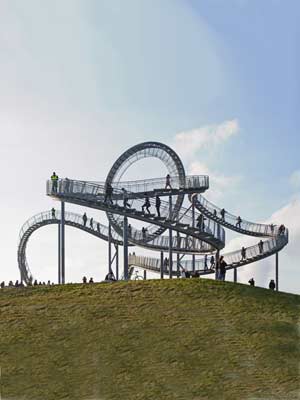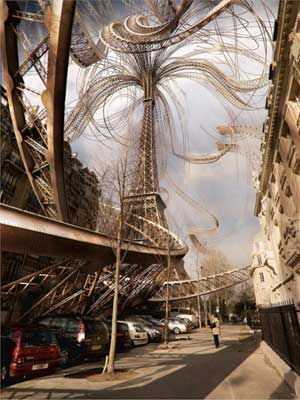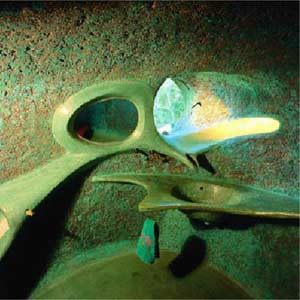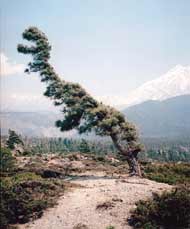On the 23rd of May, I went to the exquisitely lovely Beacon Theatre on Manhattan’s West Side to see the Steve Winwood band. I haven’t been to a concert in years. I found my few expectations were met, but not exceeded, though any disappointment I may have felt had nothing to do with the quality of the band. Winwood is now 65, but his distinctive voice has, if anything, only gotten better. The other members of the band were so well co-ordinated that I assumed they must’ve been playing together for years. Instead, I discovered they’re all soloists in their own right in other venues and were assembled for this specific tour. I had to do some digging to even find out their names — making it all the more surprising that the ensemble worked so very well. The average age of Winwood’s audience, I read somewhere, is 56 — that may have been low for this crowd. They came to reclaim their youth — to recapture what they felt like the first time they heard him sing (this included the odd doobie being passed around). In the past, Winwood has played with the Spencer Davis Group, Traffic, Blind Faith, and others. Nevertheless, the band played hardly any of the songs the geriatric audience had come to hear. Instead, Winwood included a lot of what I would call jazz fusion — thoroughly enjoyable, but not exactly singalongs. When he finally played one of the “songs of a certain vintage” (“Higher Love” in this case), he had the crowd on their feet, though some had to stand up from their wheelchairs holding their caregivers’ hand. It must be very depressing for Winwood to sing his “classic” songs and to see how old his audience is getting. It may be a reminder of how old he himself is, and the fact that his older songs are still his most popular probably doesn’t sit well. Everyone wants to think they have a future. His old songs, and his old audience, are a constant reminder that his future can never live up to his past. All in all, his set was slightly too polished — there was no spontaneity, no deviation from the set he’s apparently playing at every stop on the tour. The heart has gone out of the band’s performance, though the soul is still there.
 Animals
Animals Animation
Animation Art of Playing Cards
Art of Playing Cards Drugs
Drugs Education
Education Environment
Environment Flying
Flying History
History Humour
Humour Immigration
Immigration Info/Tech
Info/Tech Intellectual/Entertaining
Intellectual/Entertaining Lifestyles
Lifestyles Men
Men Money/Politics/Law
Money/Politics/Law New Jersey
New Jersey Odds and Oddities
Odds and Oddities Older & Under
Older & Under Photography
Photography Prisons
Prisons Relationships
Relationships Science
Science Social/Cultural
Social/Cultural Terrorism
Terrorism Wellington
Wellington Working
Working Zero Return Investment
Zero Return Investment



